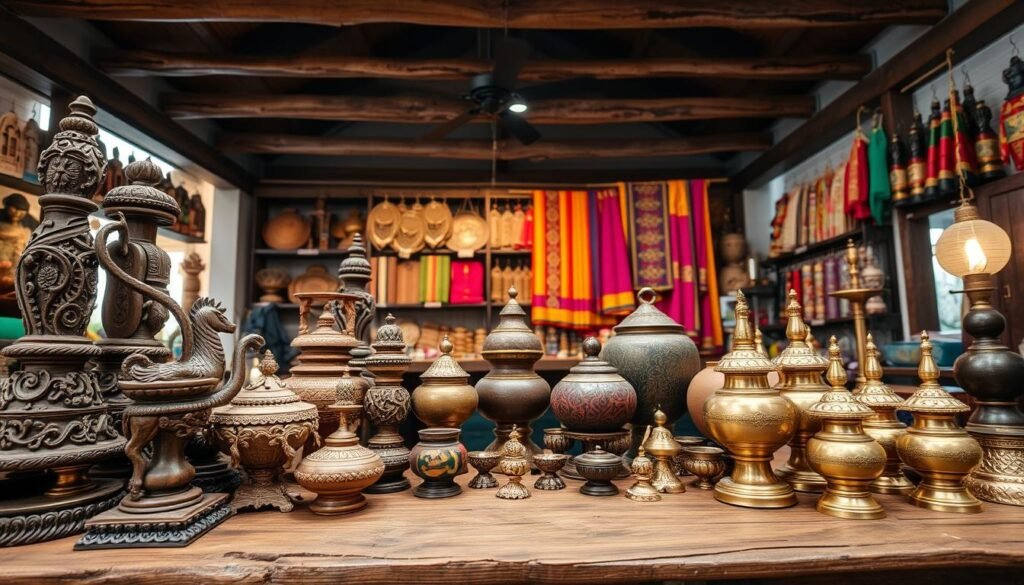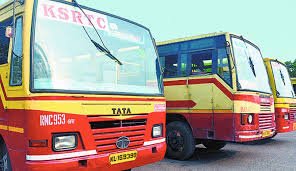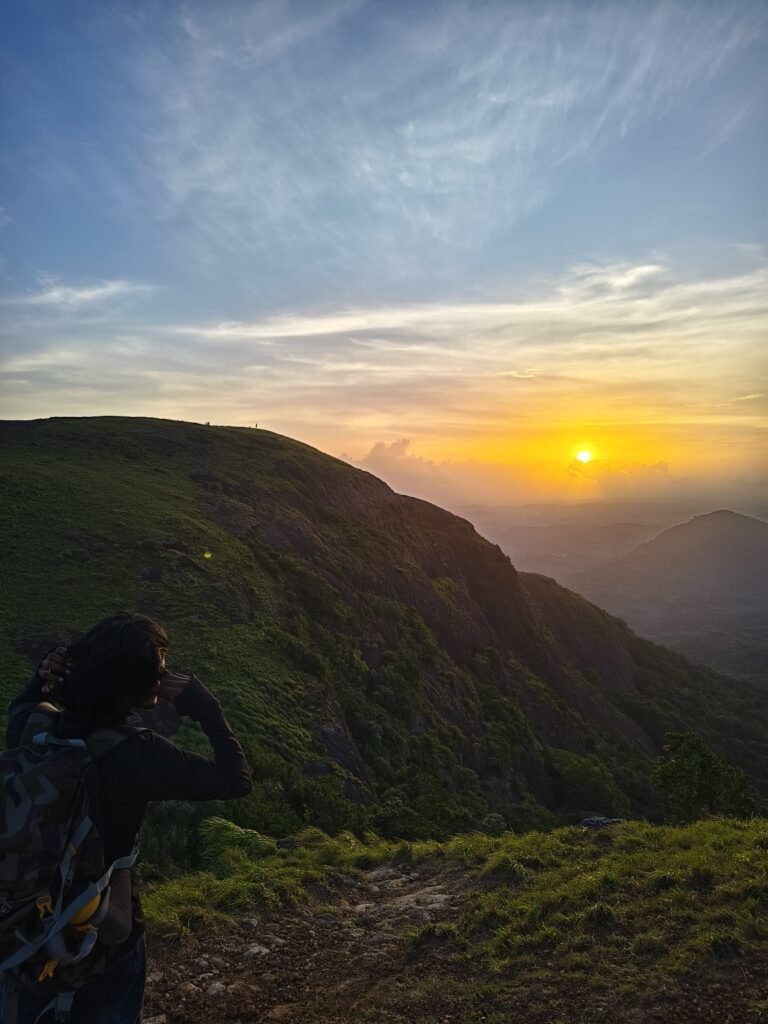
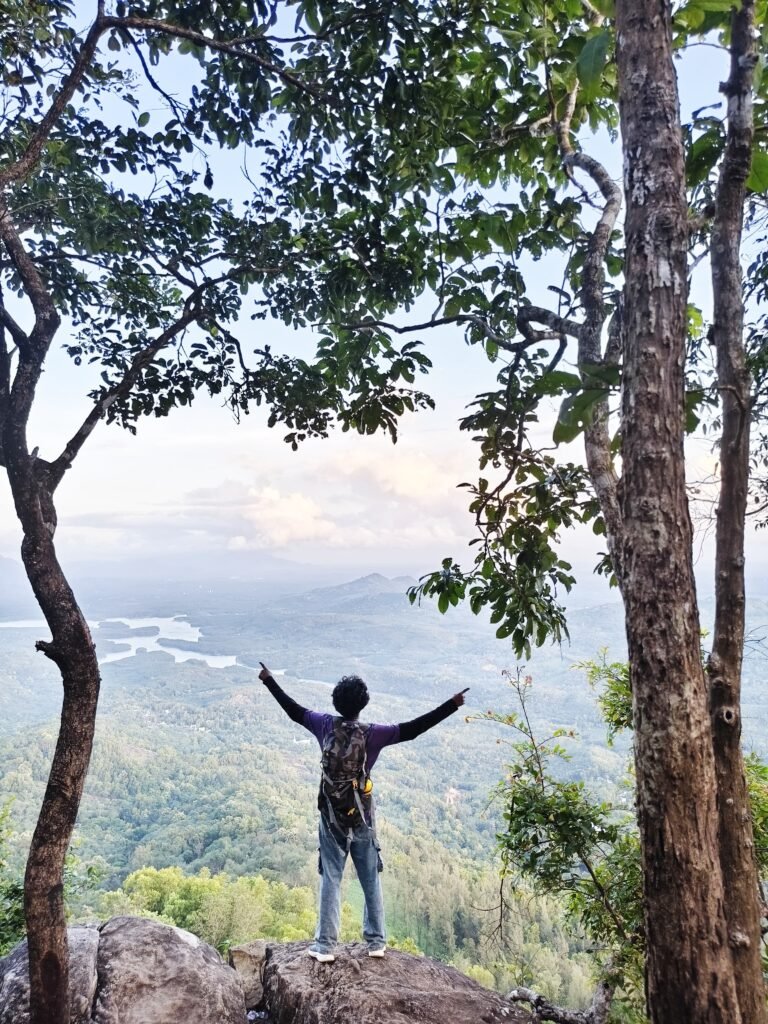
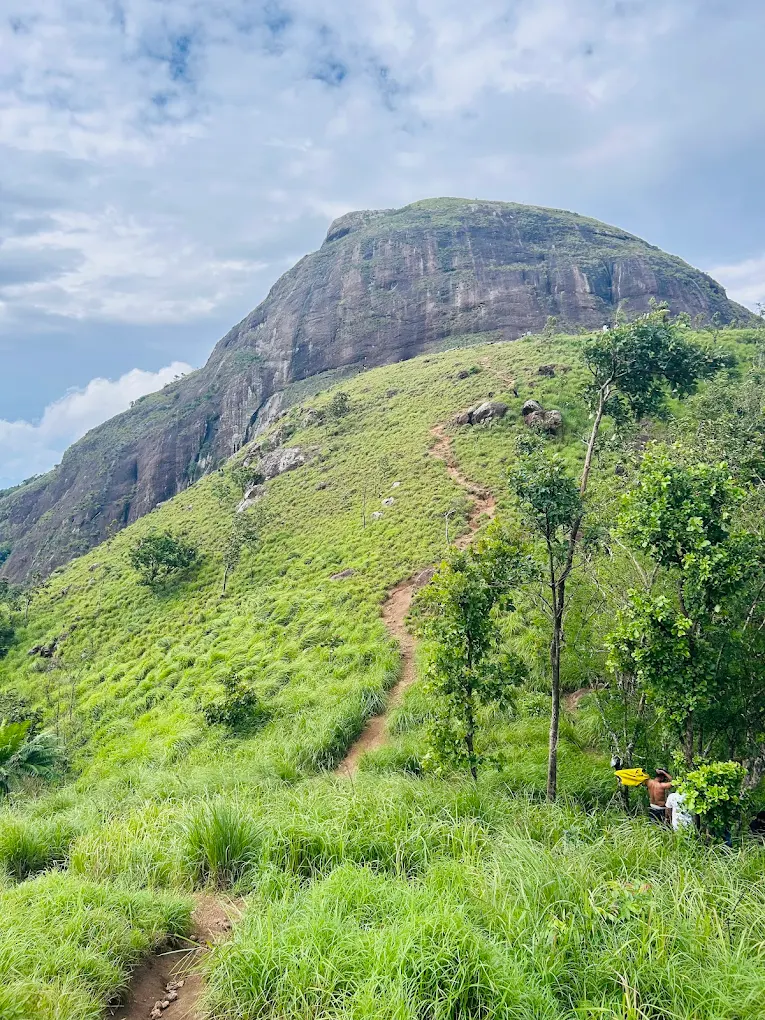
Ever stood at the base of a hill, heart racing with a mix of excitement and “what did I sign up for?” That’s the magic of Koonichimala Trek, Trivandrum’s hidden adventure gem that too many travelers miss while beach-hopping.
You’re about to discover why this 1,100-meter peak near Ponmudi has become the ultimate weekend escape for both rookie trekkers and seasoned trail chasers.
The Koonichimala trek in Trivandrum offers something rare: that perfect balance between challenging terrain and accessible adventure. No technical equipment needed, just your willingness to push a little beyond comfort.
But here’s what most blogs won’t tell you about this trek – there’s one specific time of day that transforms this experience from great to absolutely unforgettable.
Discovering Koonichimala: Trivandrum’s Hidden Gem
A. Location and accessibility from Trivandrum city
I discovered Koonichimala about 45 kilometers northeast of Trivandrum city, nestled in the Palode region. Getting there isn’t complicated – I usually take a cab from the city center which takes around 1.5 hours depending on traffic. If you’re budget-conscious like me, there’s also decent bus service to Palode, followed by a short jeep ride to the base.
What I love is how accessible this trek is for a quick weekend escape. Unlike some remote spots in Kerala that require overnight travel, I can leave Trivandrum in the morning and be at the trailhead by 9 AM. The road journey itself is part of the experience – winding through rubber plantations and small villages that give you a taste of rural Kerala.
B. Unique features of Koonichimala
The first time I climbed Koonichimala, I was blown away by its distinctive elephant-back shaped summit. This isn’t your typical pointed peak – it’s a gently curved hilltop that offers 360-degree panoramic views that honestly left me speechless.
What makes this place special? For starters, the biodiversity is incredible. I’ve spotted rare butterflies, endemic bird species, and even wild orchids during my treks. The trail cuts through different ecosystems – starting with dense forests at the base, transitioning to grasslands midway, and culminating in rocky terrain near the summit.
My favorite spot is the natural rock formation about three-quarters of the way up that resembles a turtle. It’s become my traditional rest spot where I always stop for a quick snack and some photos.
C. Best seasons for trekking
I’ve trekked Koonichimala in different seasons, and trust me, timing matters. The ideal window is from November to February when the weather is pleasantly cool and dry. During these months, I’ve enjoyed crystal-clear visibility from the summit – on a good day, I could see all the way to the Arabian Sea!
Monsoon trekking (June to September) is a different ballgame altogether. While the landscape transforms into a lush green paradise with numerous small waterfalls appearing along the trail, the paths get slippery and leeches become unwelcome companions. I tried it once in July and while the misty views were magical, I spent half my time checking my shoes for leeches.
Summer (March to May) brings scorching heat, especially on the exposed sections of the trail. I always avoid these months unless I’m starting at dawn and finishing before noon.
D. Why it stands out among Kerala’s trekking destinations
In a state famous for its trekking destinations, Koonichimala holds a special place in my heart. Unlike the more commercialized Ponmudi or the touristy Agasthyarkoodam, this trail still maintains its raw, untouched charm. I rarely encounter more than a handful of fellow trekkers even on weekends.
The moderate difficulty level makes it perfect for both beginners and experienced hikers. My first-timer friends have successfully completed it with some encouragement, while I can still find challenging sections to push myself.
What really sets it apart is the cultural experience. The trail passes by tribal hamlets where I’ve been invited for tea by locals who shared fascinating stories about the mountain’s legends. This kind of authentic interaction is increasingly rare at popular trekking spots.
The shorter duration (4-5 hours round trip) means I can complete it in half a day, unlike multi-day treks that require extensive planning. For someone living in or visiting Trivandrum, this accessibility combined with the rewarding experience makes Koonichimala my go-to recommendation for anyone looking to experience Kerala’s natural beauty.
Essential Trek Preparation
A. Required fitness level and training tips
I’ve trekked Koonichimala multiple times, and I can tell you it’s a moderate-level trek that requires decent physical conditioning. You don’t need to be an athlete, but you should be able to walk continuously for 3-4 hours on uneven terrain.
Before my first attempt, I spent about two weeks doing daily 30-minute cardio sessions and it made a huge difference. I recommend focusing on:
- Regular walking (5-6 km) three times a week
- Stair climbing exercises to build leg strength
- Light weight training for upper body (helps with carrying backpacks)
- Core strengthening exercises like planks and bridges
What worked best for me was hiking smaller trails around Trivandrum to build stamina. The Ponmudi foothills are perfect for practice runs!
📸 Also, check out my latest Instagram post from Koonichimala – I’ve shared some cool shots from the trail and the viewpoint!
B. Recommended gear and equipment
Trust me, having the right gear can make or break your Koonichimala experience. My essentials include:
- Sturdy hiking shoes with good ankle support (I learned this the hard way!)
- Quick-dry clothing (cotton gets heavy when wet)
- A lightweight backpack (25-30L capacity)
- Minimum 2 liters of water
- Energy bars and light snacks
- Basic first aid kit
- Insect repellent (the mosquitoes can be relentless)
- Sun protection (hat, sunglasses, sunscreen)
- Trekking pole (optional but helped me on steeper sections)
- Rain cover for backpack (essential during monsoon treks)
My favorite piece of gear has been my moisture-wicking hiking pants with zip-off legs – perfect for Koonichimala’s changing conditions.
C. Permission requirements and regulations
I’ve found that Koonichimala requires proper permissions as it falls under forest department jurisdiction. My process typically involves:
- Obtaining permission from the Kerala Forest Department office in Trivandrum
- Submitting ID proof and trek details at least 3-4 days in advance
- Paying the nominal entry fee (₹50-100 per person)
- Following strict “leave no trace” principles
The forest officials are particular about group sizes – I’ve noticed they rarely permit groups larger than 15 people. They’ve also completely banned overnight camping on the trail in recent years to protect the ecosystem.
D. Local guides and trekking groups
I always recommend hiring a local guide for Koonichimala, even if you’re an experienced trekker. My favorite guide, Rajan from Kottur village, knows hidden viewpoints most tourists miss!
Some reliable options I’ve used:
- Trivandrum Trekkers Club (organizes weekend group treks)
- Kerala Forest Department authorized guides (contact through Kottur Forest Station)
- Local villagers from Kottur or Amboori (more affordable but confirm they know the route)
Guides typically charge ₹800-1200 per group. I’ve found group treks to be both safer and more economical than solo attempts.
E. Cost considerations
I’ve tracked my expenses across multiple Koonichimala treks, and here’s my typical budget breakdown:
- Transportation from Trivandrum city: ₹1000-1500 (round trip by taxi)
- Guide fees: ₹800-1200 (can be split among group members)
- Entry/permission fees: ₹50-100 per person
- Food and water: ₹200-300 per person
- Equipment rental (if needed): ₹300-500
My total cost usually ranges between ₹1500-2500 per person, depending on group size and transportation choices. I’ve found carpooling with fellow trekkers cuts costs significantly. Joining organized treks through clubs often works out cheaper as they handle logistics and permissions.
The Koonichimala Trek Experience
Trail difficulty and duration
I tackled Koonichimala last weekend and can tell you it’s a moderate trek that took me about 4-5 hours round trip. The initial path is pretty gentle with a well-marked trail, but don’t let that fool you. The last 2 kilometers get steep fast, with some sections requiring careful footing on loose rocks. I’d rate it as moderate difficulty – challenging enough for a good workout but not so tough that beginners can’t manage with a few breaks.
Key landmarks and viewpoints along the route
The journey up Koonichimala treated me to some unforgettable sights. About halfway up, I reached “Eagle Point” – a rocky outcrop where I spotted a Brahminy kite soaring below me (wild feeling!). The ancient banyan tree at the 3km mark makes a perfect rest stop. Its massive roots have created natural seating, and the shade was heavenly. The summit itself blew me away with 360-degree views of Trivandrum district and on clear days, I could even make out the Arabian Sea glimmering in the distance.
Flora and fauna encounters
Walking through Koonichimala felt like stepping into a living nature documentary. I spotted three Malabar giant squirrels leaping between trees and countless butterflies including the stunning Southern Birdwing. The trail passes through diverse vegetation zones – starting with deciduous forest at the base and transitioning to patches of grassland higher up. During my April trek, the rare Kurinji flowers were blooming, dotting the slopes with purple patches. I also came across wild jackfruit trees and various medicinal plants that locals pointed out.
Photography opportunities
My camera barely got a rest on this trek! The morning light filtering through the forest canopy created magical golden rays – perfect for capturing the misty atmosphere. The summit offers the money shot, especially at sunrise when the surrounding hills emerge from the fog. I found that wide-angle lenses work best for the expansive views, while a zoom lens helped me capture distant wildlife. Don’t miss the small stream crossing about a third of the way up – the rocks and mini-waterfall make for gorgeous long-exposure shots if you bring a tripod.
Practical Tips for Trekkers
A. Water sources and hydration advice
I’ve trekked Koonichimala multiple times, and proper hydration is non-negotiable. There are no reliable water sources along the trail, so I always carry at least 2-3 liters of water per person. During summer months (March-May), I bump this up to 4 liters because the heat can be brutal.
The streams you might encounter are seasonal and often dry up completely. Even when flowing, I never drink directly from these sources without proper filtration. I’ve seen too many trekkers get sick that way.
My hydration hack? I freeze half my water bottles overnight before the trek. They thaw gradually, providing cold water throughout the journey. I also mix in some ORS packets to replace electrolytes lost through sweating.
B. Food and snack recommendations
My food strategy for Koonichimala is simple: energy-dense, lightweight options. I pack a mix of:
- Dry fruits and nuts (almonds, raisins, cashews)
- Energy bars (homemade or store-bought)
- Local Kerala snacks like banana chips and avalose podi
- Sandwiches with cheese or peanut butter
- Dark chocolate (keeps surprisingly well)
For longer treks, I bring along idlis or parathas wrapped in aluminum foil. They stay fresh for hours and provide substantial energy.
The viewpoint at the summit is perfect for lunch. I’ve spent many memorable hours enjoying my packed meal while soaking in those incredible views of Trivandrum and beyond.
C. Safety precautions and emergency contacts
Safety first – I never compromise on this. The mobile network at Koonichimala is spotty at best. I’ve found Jio works occasionally at the summit, but don’t count on it. I always inform someone back home about my trek plans and expected return time.
Emergency contacts I keep handy:
- Local Forest Range Officer: 0472-2885001
- Kerala Forest Department Helpline: 1800-425-4733
- Nearest Hospital (Neyyattinkara Govt Hospital): 0471-2222115
I’ve learned to watch for weather changes – those clear morning skies can transform into dangerous afternoon thunderstorms with little warning. The trail becomes extremely slippery when wet, so I avoid trekking during monsoon season altogether (June-September).
Snake encounters are rare but possible. I stick to the established path and watch my step, especially in grassy areas.
D. Camping possibilities and regulations
I’ve camped at Koonichimala twice, and it’s a magical experience – but with important caveats. Technically, camping requires prior permission from the Forest Department. I secured mine by visiting the Forest Range Office in Neyyattinkara at least a week in advance.
The designated camping area is near the base of the hill, not at the summit. I made this mistake my first time and had to relocate after a forest guard spotted us. The camping ground is basic – no facilities whatsoever. I bring everything I need, including tents, sleeping bags, cooking equipment, and all my water.
Night temperatures can drop surprisingly low even in this tropical region. My first camping trip taught me to always pack a light jacket or fleece even when daytime temps hit 30°C.
E. Leave-no-trace practices
I’m passionate about preserving Koonichimala’s natural beauty. This hidden gem remains pristine precisely because it’s not overrun with tourists. I follow strict leave-no-trace principles:
- I pack out EVERYTHING I bring in – no exceptions
- I stick to established trails to prevent erosion
- I never pick plants or disturb wildlife
- I use a portable toilet bag for human waste
- I avoid making fires – the dry grass is a serious fire hazard
I’ve started bringing an extra bag to collect trash left by other trekkers. It’s disheartening to find plastic bottles and food wrappers at such a beautiful spot. On my last trek, I filled half a garbage bag with others’ trash.
Remember, what makes Koonichimala special is its untouched nature. I want future trekkers to experience the same magic I did on my first visit.
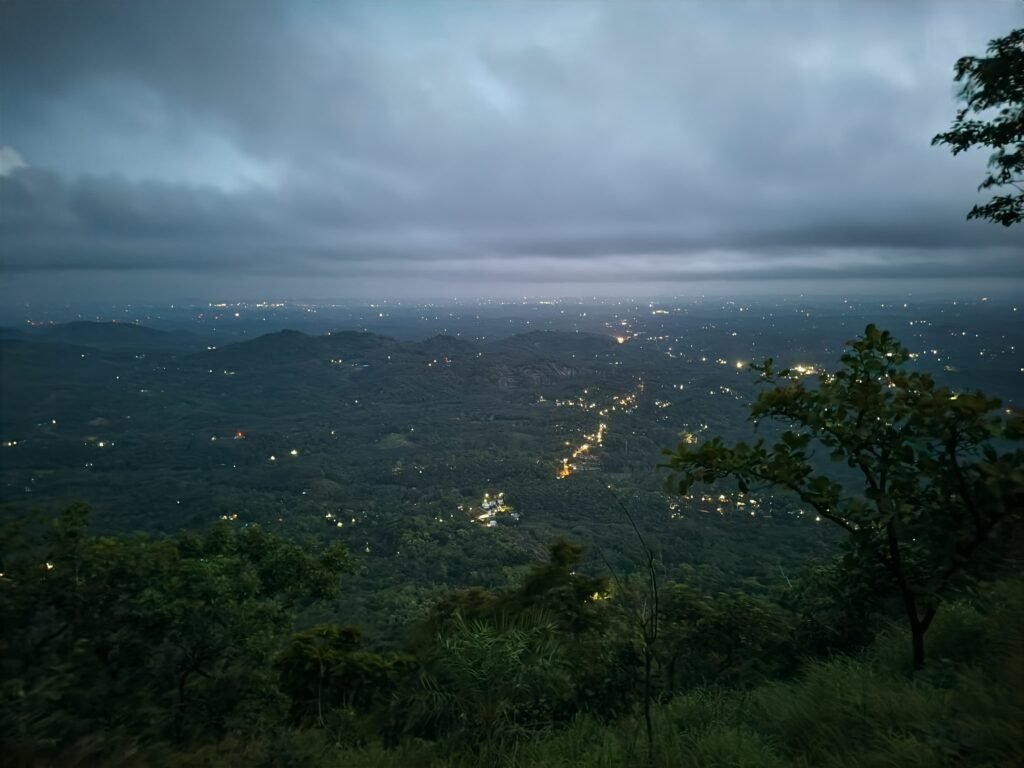
Cultural and Natural Highlights
Historical significance of Koonichimala
I’ve always been fascinated by how Koonichimala silently preserves chunks of Kerala’s history. During my explorations, I discovered that this hill has served as a strategic vantage point since ancient times. Local elders told me that centuries ago, it was used by regional kingdoms as a lookout point to spot approaching enemies. The name itself—”Koonichi” meaning “small” and “mala” meaning “hill” in Malayalam—gives away its compact yet commanding presence in the landscape.
Local legends and stories
Every time I visit Koonichimala, I hear a new story! My favorite is about the hidden treasure that supposedly lies somewhere within the hill. As the tale goes, fleeing royalty buried their gold during invasions, marking the spot with cryptic symbols on rocks that still puzzle visitors today. Another fascinating story involves a hermit who lived in a cave halfway up the hill, blessing travelers with safe journeys. Whether these stories are true or not, they add a magical layer to my trekking experience.
Unique ecological features
What strikes me most about Koonichimala is its microclimate. I’ve noticed how the temperature drops noticeably as I climb higher, creating perfect conditions for rare plant species you won’t find elsewhere in Trivandrum. The hill hosts several endemic butterfly species that dance around during morning treks. I’ve spotted at least fifteen varieties on a single trip! The rocky outcrops halfway up form natural cisterns that collect rainwater, creating mini-ecosystems that sustain wildlife through dry months.
Nearby attractions to combine with your trek
I always make Koonichimala part of a bigger adventure day. Just 5 km away lies the Peppara Wildlife Sanctuary where I’ve spotted deer and wild boar on lucky days. After a sweaty trek, I love cooling off at Kallar River, only a 20-minute drive from the base. The crystal-clear waters are perfect for a refreshing dip. If you’re into history like me, don’t miss the ancient Azhakiyapandiyan Temple about 8 km from Koonichimala. I usually end my day at one of the small roadside shacks serving authentic Kerala meals on banana leaves—the perfect reward after conquering this hidden gem.
Trekking Koonichimala offers adventurers a chance to experience Trivandrum’s natural beauty away from the tourist crowds. With proper preparation—including appropriate footwear, weather-suitable clothing, and sufficient water—this trek becomes accessible to both beginners and experienced hikers alike. The journey rewards trekkers with breathtaking panoramic views, diverse flora and fauna, and the tranquility of unspoiled wilderness.
As you plan your Koonichimala adventure, remember to respect the natural environment and local customs. This hidden gem provides not just a physical challenge but also an opportunity to connect with Kerala’s rich cultural heritage and pristine landscapes. Whether you’re a local resident or a visitor to Trivandrum, Koonichimala promises an unforgettable trekking experience that showcases the authentic spirit of this beautiful region.
Thanks for reading my blog, and I truly hope this guide helps you explore Koonichimala, one of Trivandrum’s most underrated trekking destinations.
I’m Viswajith P, a passionate travel enthusiast from Kerala, and this blog is where I’ve started sharing my personal travel experiences. While Trivandrum is home to many popular hilltops and trails, places like Koonichimala remain unnoticed yet incredibly beautiful — and that’s exactly why I love writing about them.
Also Read – Luxury Villas St John vs. Kerala Backwaters: Comparing Island Escapes
This is just the beginning! I’ll be covering more hidden trekking trails and offbeat destinations across Kerala in upcoming blogs.
If you have any doubts, questions, or need help planning your trek, feel free to DM me on Instagram at @vixwajithhhh — I’d be happy to connect and help you out.
Happy trekking, and see you on the next trail!


